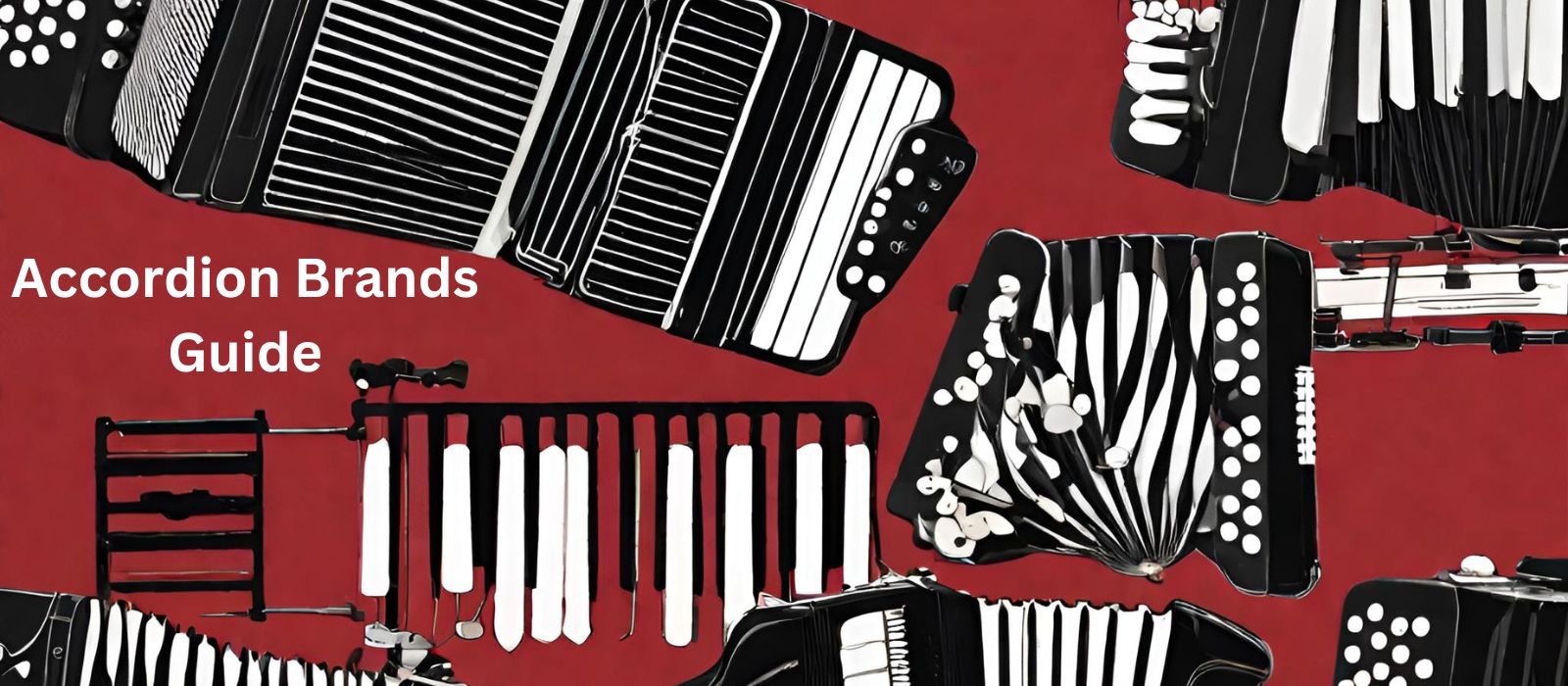Playing an instrument is a great way to express yourself, and the accordion is one of the most versatile instruments in musical history. The sound of an accordion can be heard in many genres, from jazz and rock and roll to traditional European folk music.
But what if you want to learn how to play the accordion without relying on sheet music? Learning how to play the accordion by ear is possible, and it can be a fun and challenging way to make music.
When I was about seven years old, my father bought me a toy accordion and that was a lifechanging moment in my life. By playing with that toy accordion after a week, I’ve realized that I do ‘have an ear’ for music.
I would listen to folk melodies on the radio and try to imitate them on the toy accordion. After successfully copying a few short choruses, I quickly progressed to whole pieces. After a couple of years, I picked up my first entry-level accordion, which is how my music career or hobby started.
Getting Started
The first step in learning how to play the accordion by ear is understanding the basics of playing an instrument by ear. This means you must listen carefully and practice using your ears rather than following written notes or tabs.
To do this, you will need to start with basic exercises such as playing scales or melodies that you have heard before. When you are comfortable with these exercises, move on to more complex pieces of music, such as songs or improvisations, that require more advanced techniques.
Practicing and making progress
One of the best ways to learn how to play the accordion by ear is through practice sessions with other musicians who are also trying their hand at it.
Working together with others can help keep you motivated, challenge your skills, and give you a better understanding of how different chords work together.
If you are practicing on your own, your best buddies will be a music player like a laptop or a desktop where you can audit simple melodies and follow along.
You can also get feedback from experienced musicians who can point out any mistakes you might be making so that you can improve quickly. It’s essential to practice alone and with others who have experience playing their instrument when trying out new techniques or pieces of music.
Playing your first accordion song
To master melody, it pays to know the song you’re playing inside and out. Many music teachers and even professional musicians will tell you that humming or whistling can help with this process before attempting to play it on your accordion.
Start small as simple tunes like “Happy Birthday” or “Ode To Joy” are great practice pieces – then gradually build skill by exploring chords, scales and arpeggios which add layers to further refine those melodies. When in doubt; take it slow but consistent – patience will be rewarded when trying new techniques.
Whether you’re an aspiring musician or a professional, having strong listening skills is key for playing any genre of music. The ability to recognize and reproduce tones accurately can be developed through repeated listens;
It’s like unlocking the secret code in your favorite song! Listening attentively over multiple occasions will hone your ear, so don’t give up – once you’ve mastered the melody-replay process, synthesizing complex rhythms and sounds becomes second nature.
Peter Brook’s fascinating collection of essays invites readers to explore the many ways music can shape and support theatrical performances. Examining some of his most celebrated works, such as Titus Andronicus, Don Giovanni, The Magic Flute and The Prisoner through a musical lens, Brook poses questions on which sounds evoke emotion in us all – from joy to sorrow or even indifference. As he elegantly states himself: “Which sounds? What music?” Discover it with him!
Dedicate some of your practice time to ear training exercises and you’ll find yourself playing music without sheet music in no time. Not only are they easy, fun, and fast – if done regularly – it will help strengthen the neural pathways that allow for recognizing musical phrases which can lead to greater understanding when listening back on songs from the radio or other sources.
Training your musical ear
With regular practice these short playback sessions will help you instinctively know what to play – just like driving a car becomes second nature after awhile! Your fingers as well as your ears become accustomed to the music so that when you hear something familiar, you’ll also naturally feel comfortable playing it on the keys or strings of an instrument.
To learn a piece of music by ear requires it to be stored in your memory. A great way to test if you’ve got the tune down is if can hum or whistle along! While someone who reads sheet music naturally plays from beginning-to-end.
Those playing by ear may experience different starting points depending on what they remember and how well they listen. Working with little bits here & there – filling out any unknowns between them – allows nonreaders an opportunity to complete the task note-by-note while listening carefully for further guidance as needed.
Dino is a hobbyist accordionist who loves music, photography, architecture, design and a slew of other fun things. He decided to launch this blog due to an increasing popularity of the accordion. He learned how to play the accordion by ear as a child and then progressed on to keyboards and eventually a drum set. He grew up in the Balkans and now lives in California where he occasionally plays the accordion at birthday parties and NYE celebrations. He now shares his love for the accordion through this blog.







Leave a Reply